
It wasn't as hard as it looks!
Years ago the valleys of Western and Central Pennsylvania and West Virginia were home to scores of coal mines. They employed thousands upon thousands of new immigrants to dig that cumbustable black mineral so necessary to keep the industrial revolution humming along. Most of them are long gone now, with just the houses of the nearby company towns bearing their names left behind to mark where they once stood.
The following is a build log of a 1/2" scale model of a 'typical', albiet compressed, mine complex that I built for my own garden railway, mostly from wood and acrylic sheet material. Rather than follow the order in which I built the various structures, we'll follow the coal along it's journey.
Part I: Wealth from out of the ground, Mine adits -- An underground mine is basically just a deep hole. If you've ever dug a hole in a sandbox, you know that the stuff around the hole usually tries to fill it back in. Mines shafts are no different. The walls and roofs were supported at intevals with timbers to prevent collapse. The entrance to the mine, called an adit, was similarly supported, usually with timber or stone - often with wing walls to either side. Most mine complexes served between 2 and 6 actual mines in close proximity to each other. Here are photographs of a couple real mine adits;
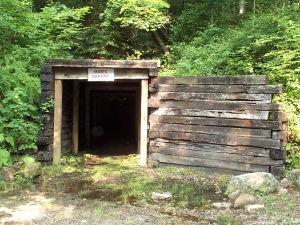
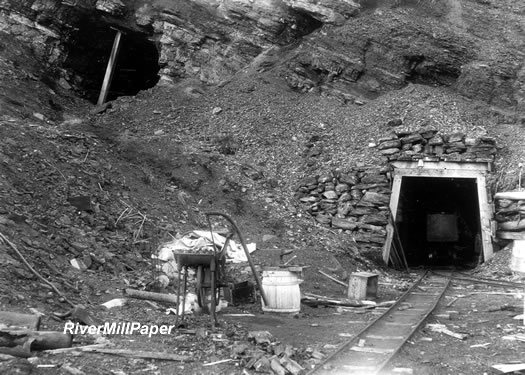
My 'mines' were built using a short bit of 4" pvc pipe set in a loose stacked stone 'cliff' to form the shafts, and wood lathe to frame the adits.
Part II: Bringing it up -The coal was usually brought out of the ground in small rail cars, sometimes called 'jennies' or 'buckets' or just plain 'dumps'. Here are a few examples:
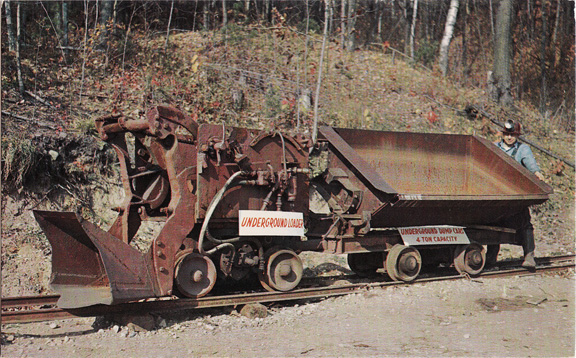
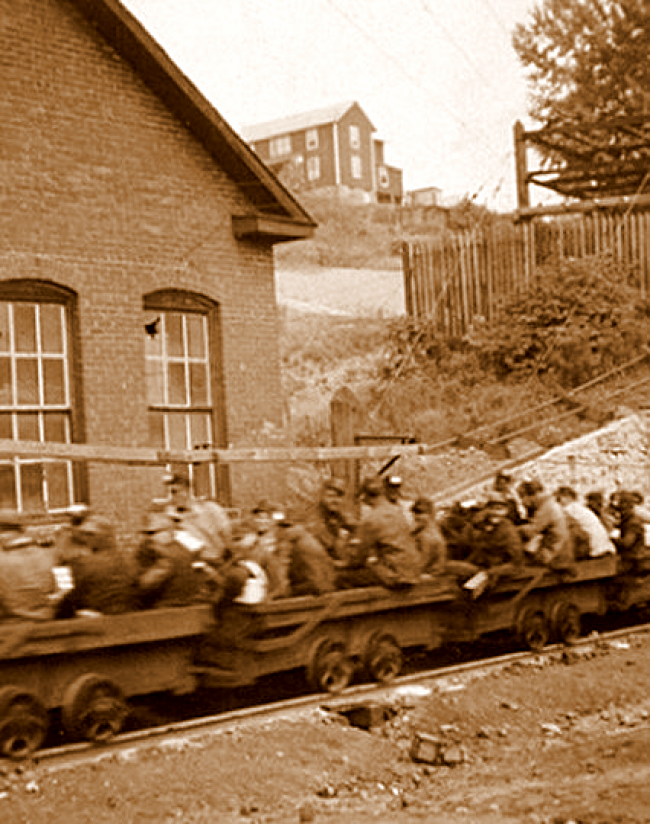
My cars were based upon the 6 ton ones used at a mine near Carbondale, Pa. - as shown in the 3rd picture. They were made from basswood and acrylic sheet with coffee stirrer ribs and plastic O-scale wheels. Rather homely, but sturdy and very simple to build.
Bringing it up, part 2 - Early mines employed muscle power to bring the jennies to the surface. Either human or mules (as shown in the last photo above) - horses were afraid of the dark noisy mines, mules weren't. They were also smaller and considered stronger and smarter than horses. Later on the mines used compressed air locomotives, or electric 'motors' to pull the cars to the surface.
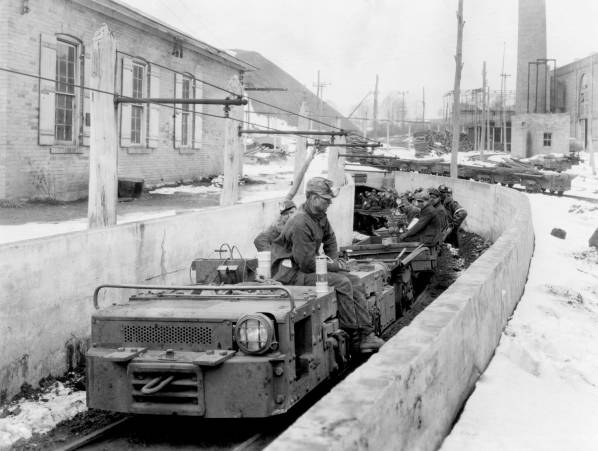
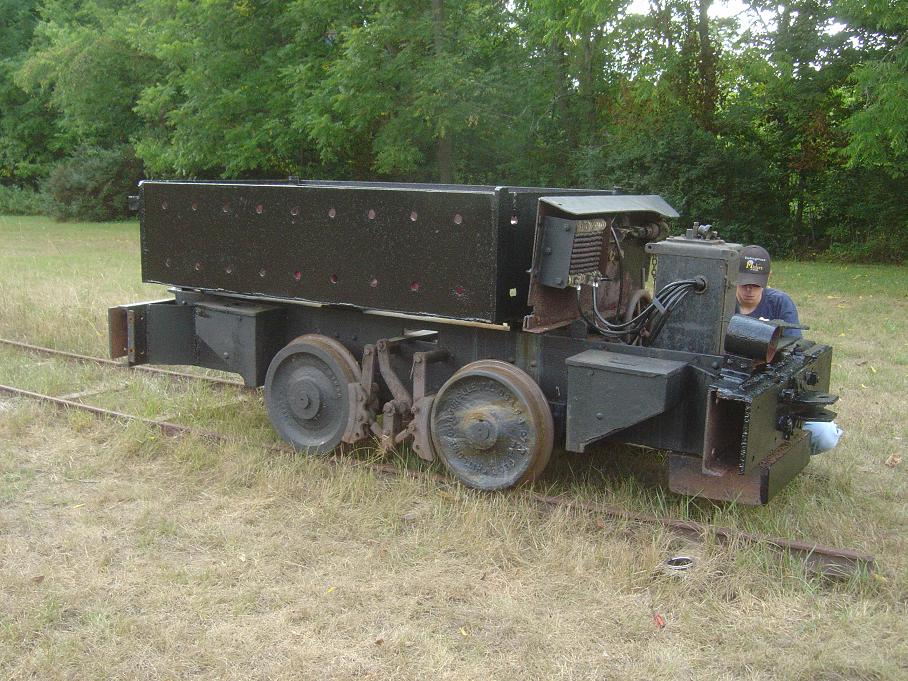
I haven't found a small enough power brick yet, so I'll probably just make a dummy one.
Part III: Mine trackage - Most mines had an extensive network of narrow gauge trackage to transport the coal, and materials throughout the mines, and the entire complex.
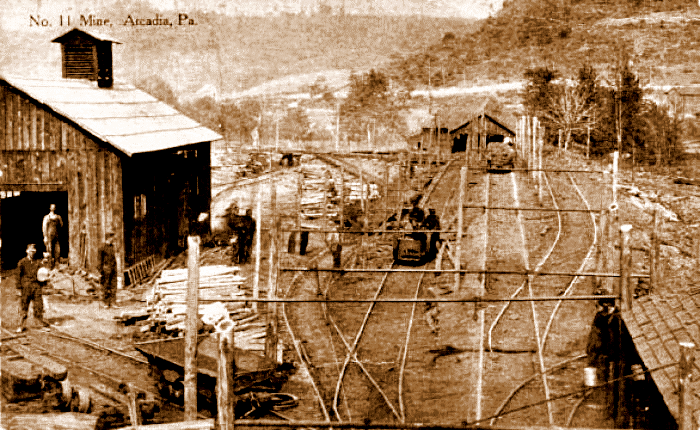
I used 32mm sectional track manufactured by a German company called Faller. It locks firmly together and works out fairly close to 30" gauge in 1:24. The only problem is it has been out of production for more than a decade, so it is getting harder to find. Atlas 2-rail O-guage flex track would probably have worked just as well.
Part IV: Shunting the jennies - Mine motors and mules were fine for bringing a single or short string of cars to the surface, but totally inadequate for the task of moving dozens of loaded cars further into the complex. A small steam or diesel locomotive, often called a 'dinky', performed these tasks.
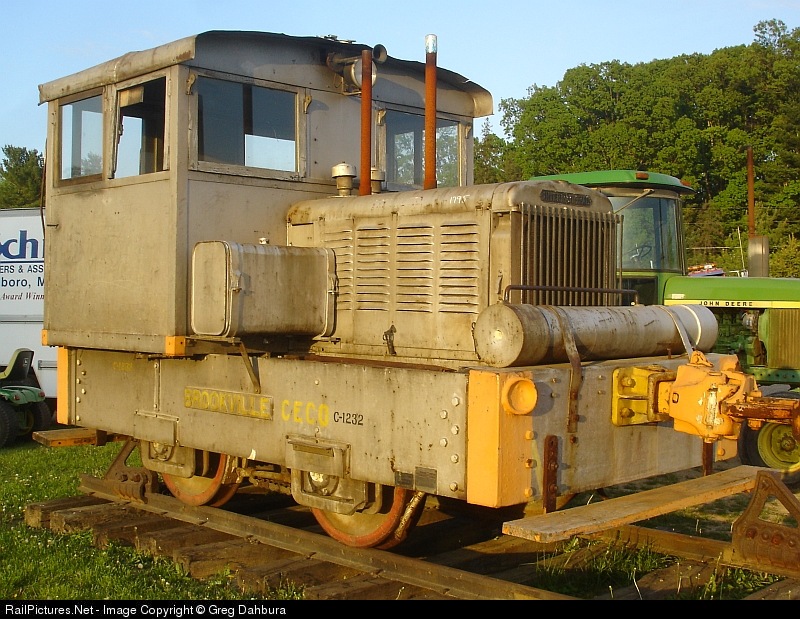
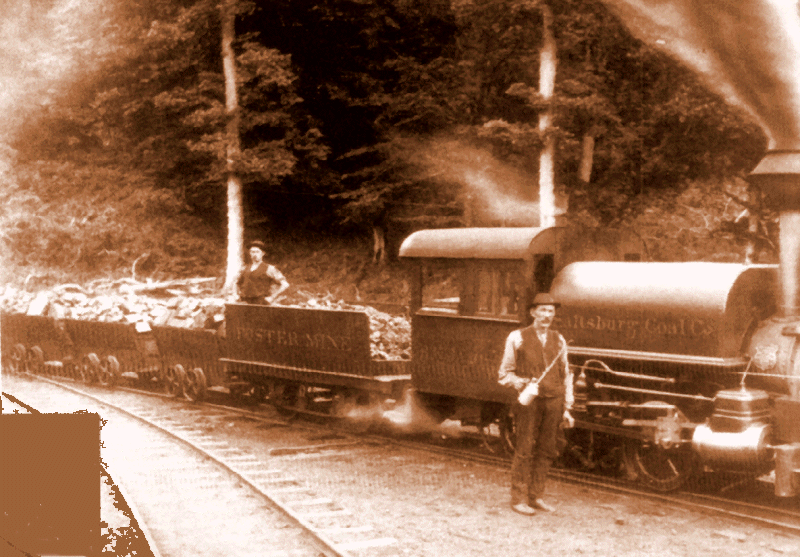
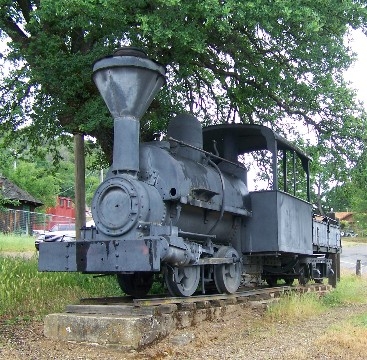
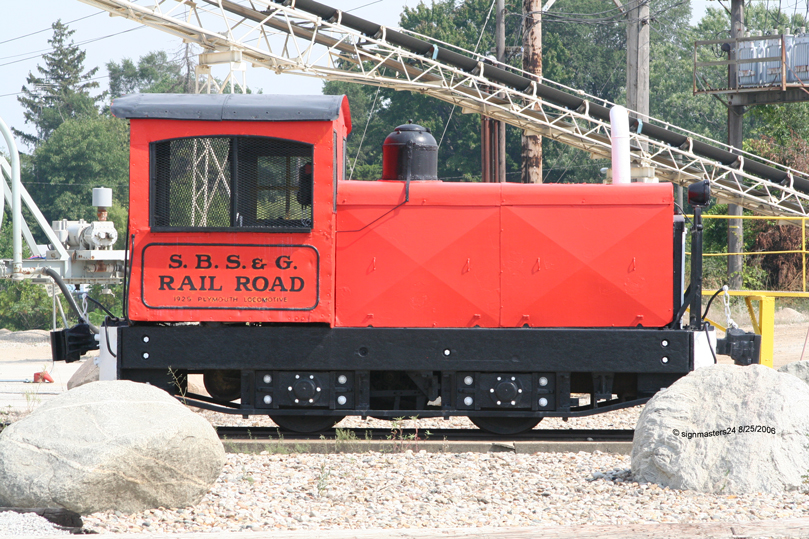
I couldn't decide on just one... so I built two. The steam dinky was built from a Faller 'e'-train, the diesel from a Lionel shell and Atlas chassis.
Part V: On to the dumper! - Now you've got this whole bunch of jennies full of coal. They've got to actually GO someplace, right? A dumper is the only logical place. Dumpers could be a single track rotary type, or double tracked with a tilting tranfer table.
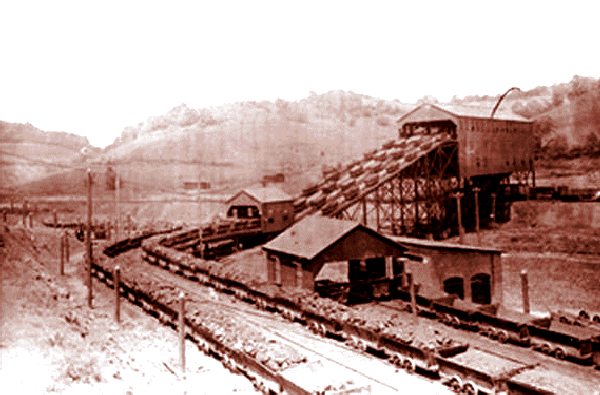
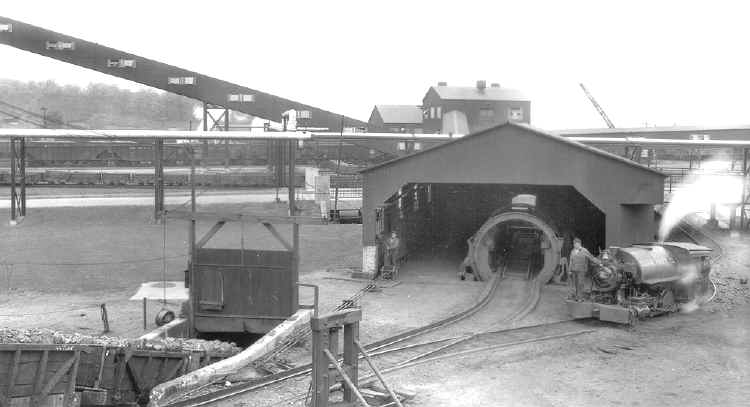
I chose to merely represent a dumper by a simple shed with two tracks entering.
This photo shows my simple wood and acrylic construction method used for these buildings.
Part VI: Moving on - The dumped coal travels up a conveyor to the tipple, where it will be stored until it is loaded into hopper cars for it's trip to the breaker. - Freshly mined coal is in large irregular chunks. It has to be crushed then screened by size before it looks like the lumps of what most people think of as 'coal'.
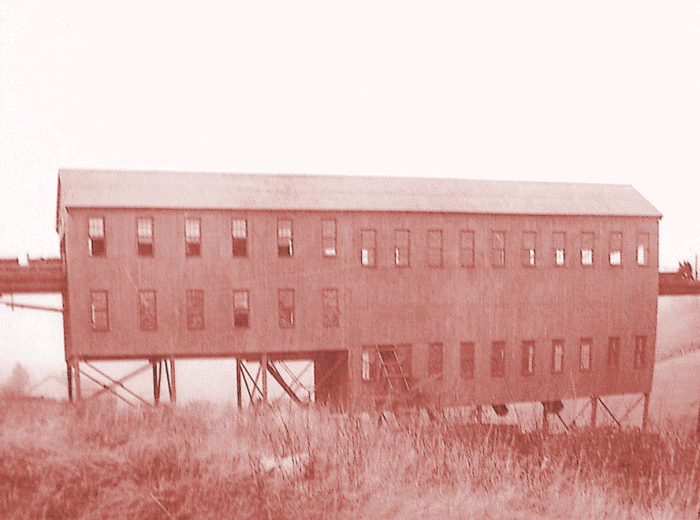
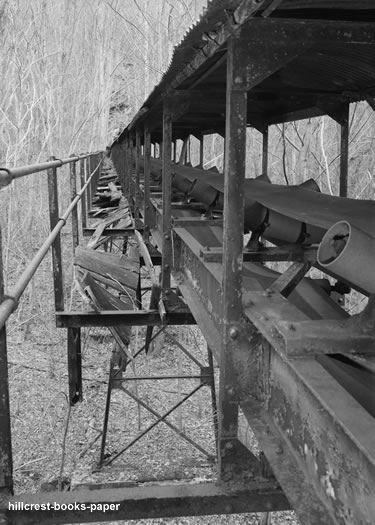
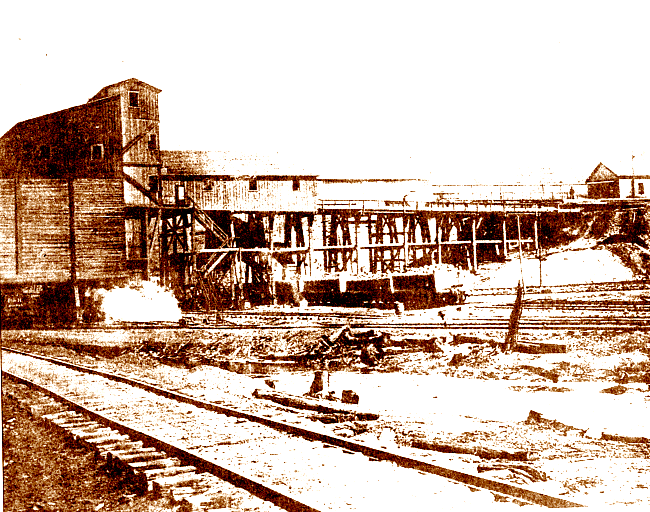
My tipple is just a Piko house on stilts. The conveyor a section of plastic downspout. Still, I think it looks pretty good from a few feet away.
Part VII: Other support buildings - The coal has completed it's journey, but we haven't. I wanted simple animation, a small loop of track for continuous running of the loaded jennies fit the bill, but wouldn't have looked prototypical at all. So part of the loop is hidded INSIDE support these structures. The larger of the two is the power or boiler house. It housed the steam boilers that powered large steam engines to drive such things as air pumps, conveyors, ventilation blowers, and electric dynamos.
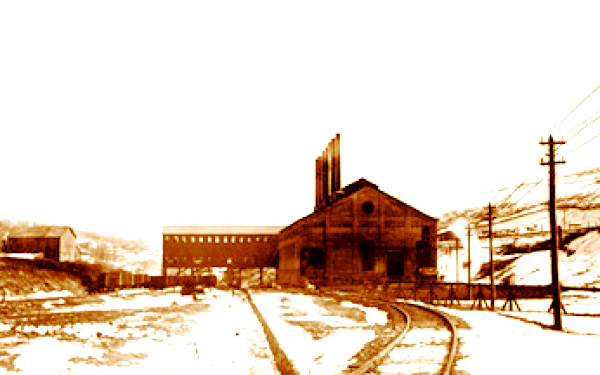
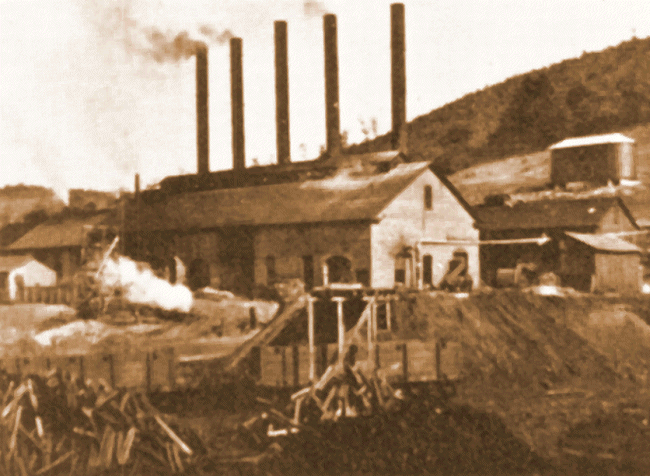
This is mine, the small addition on the end is a scale house for weighing loaded jennies. It was necessary to fit the internal trackage. At 20" x 38" it is a rather imposing model. The far side of the roof is hinged to allow for storage and retrieval of any derailed jennies.
The smaller building is a machinery shed and maintenance building combined. In it was housed the steam engines, pumps, blowers, dynamos, and all those things needed to make the mine actually run. A maintenace building would have housed a complete machine shop for repairing anything that breaks at the mine, sharpening tools, etc.
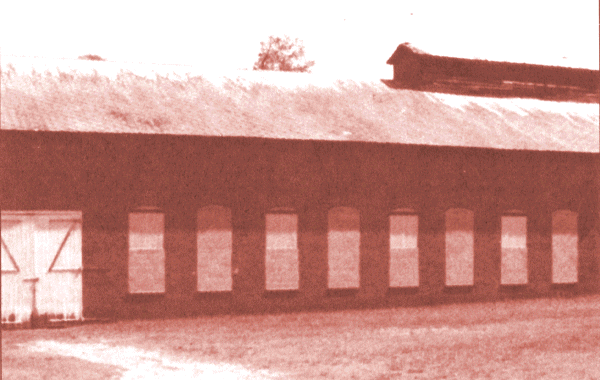
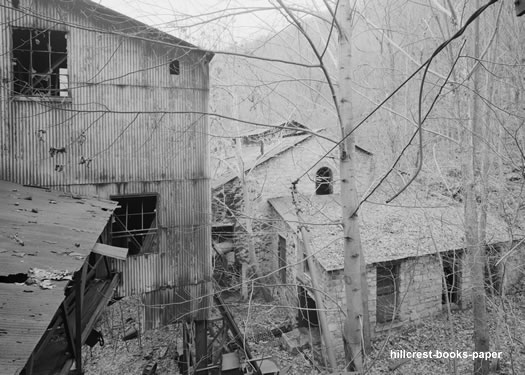
Again, it's main purpose here was to look the part and hide the track loop.
Part VIII: Yet to be constructed outbuildings and details - Just because all the big stuff is done doesn't mean we are finished! I'll be adding the following support structures as they are completed. A dynamite shack. A miner's changing and paymaster's office building. Racks for ties, rail, and minecar wheels. A blower house. An 'abandoned' shaft adit. Some coke ovens. And a small coal and water depot for the dinky.
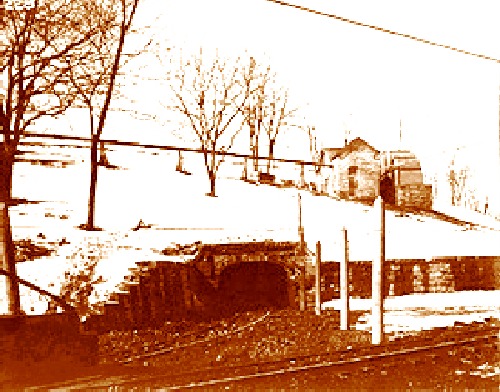
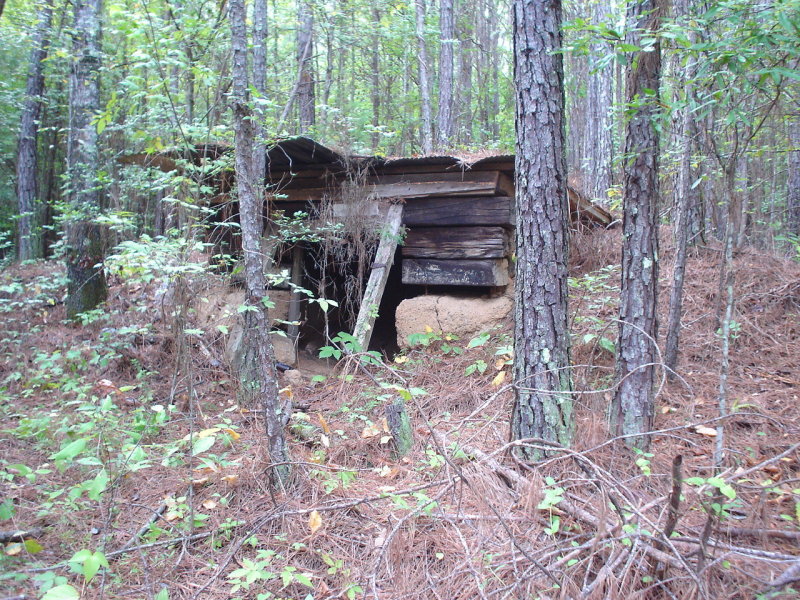
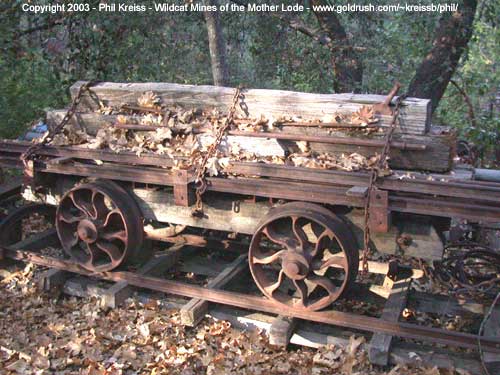
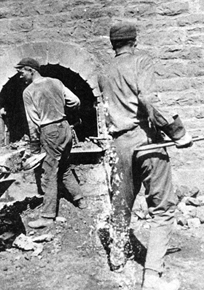
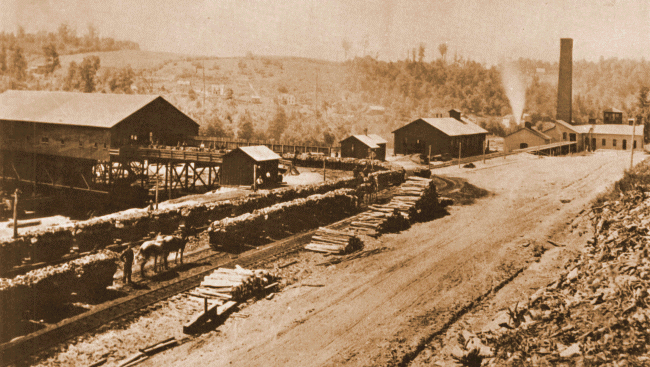
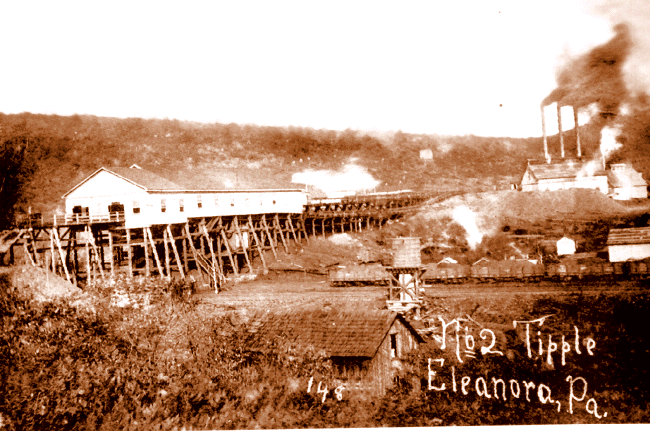
To see more of my garden railway, please visit:
Exploring the Allegheny Valley

This page hosted courtesy of:
The-Ashpit.Com - a web board for broad minded narrow gauge enthusiasts